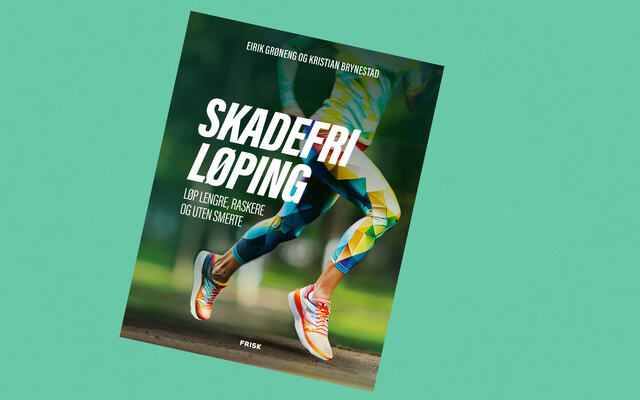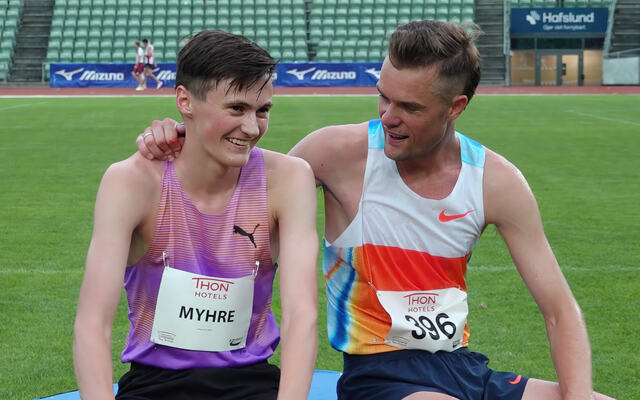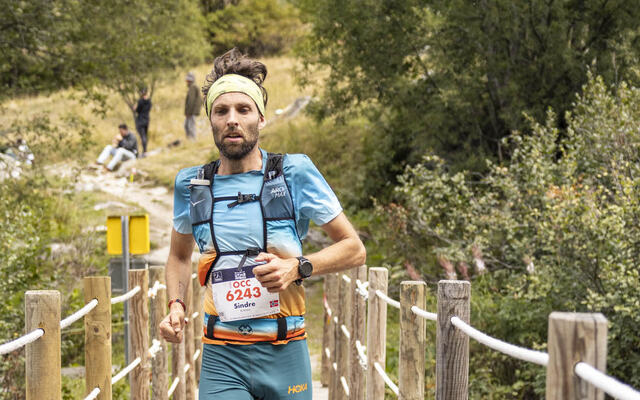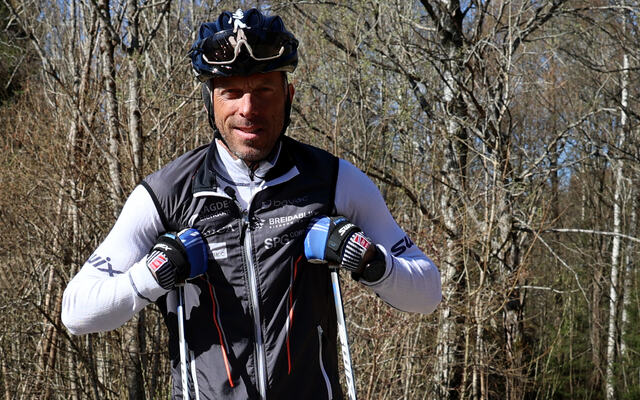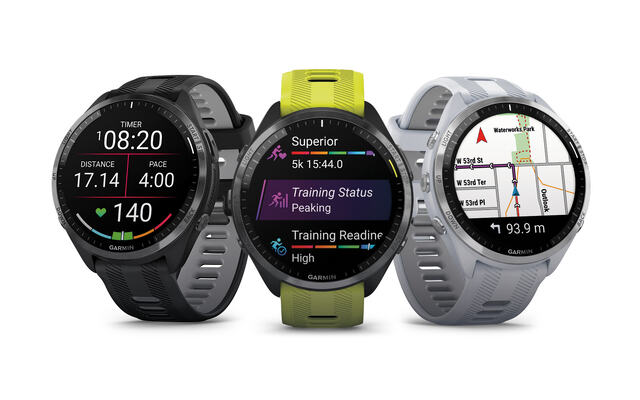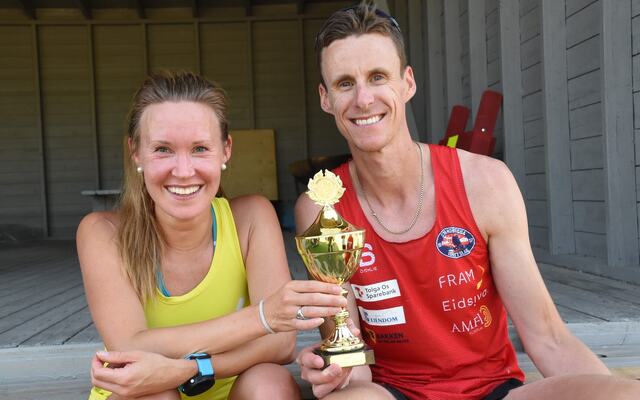| Lohja 12-timers | ||||
| ||||
| . Kankaansyrjä and Okiyama dominated the Lohja 12 h Janne Kankaansyrjä won the male division in the Lohja 12 hour indoor race with 132 kms 708 metres. His winning margin to second-placed Estonian Peeter Vennikas was more than 2,5 kilometres. Jari Tomppo from Finland was third, covering 1,3 kms less than Vennikas. As is often the case, the results do not give any idea of the dramatic ups and downs that made the race very exciting. In womens race there was no such a battle for the victory, as Hiroko Okiyama from Japan led the race from the very first hour. Unlike the male top runners, she ran from start to finish with no apparent problems, and finished with 126.908. Another Japanese runner, Masae Kamura was just as consistent, finishing second with 121,108. As soon as last car had left the parking hall of the largest market in town on Saturday evening, the hall was well ventilated, floor washed and a lap of 200 metres was build and officially measured. At 10 pm everything was ready for the runners to start their journey through the night. Once again, the acoustics of the hall made the applause of the spectators often sound as if you were in the Olympic Stadium in Helsinki, instead of a parking hall in a little town, 50 kms from the capital city. In the very beginning of the race, Peter Polak took the lead. The 57-years-old Slovakian held his position till the fifth hour, when he started to slow down considerably. At the end of the hour, Janne Kankaansyrjä had taken the lead with 60,2 kms, four laps ahead of Polak. As six hours had elapsed, Kankaansyrjä was still leading (70,8 kms) with Peeter Vennikas closing rapidly (70,4 kms) and Greek Andrew Dragatis (69,4 kms) now also ahead of Polak (68.8 kms). Vennikas soon passed Kankaansyrjä. At 7 hours, the Estonian had covered four laps more than the Finn. Vennikas soon started to have stomach problems, slowing down dramaticly. At 8 hours, Kankaansyrjä was again in the lead, Vennikas second 1,0 kms behind and Polak, running now faster again, third only one lap behind the Estonian. One hour later, Polak was up to second, 1,2 kms behind Kankaansyrjä. Jari Tomppo, another Finnish runner, had moved to third place and Vennikas had dropped to fifth place, but now seemingly regaining his strength. During the last three hours, Vennikas tried his best to catch the Finn. He soon passed the three other runners in between, but was never able to come close to Kankaansyrjä again. The handicap, as Vennikas called it, was just too much. I was working as a speaker and DJ, trying to fulfil the mixed musical favors of different runners. At 10 hours, Kankaansyrjä begged me for some hard rock and promised to speed up if his wish would be fulfilled. Controversally, it was Vennikass sons CD that had the hardest rock at hand and as soon as I put that on, Kankaansyrjä picked up his pace. There was no way Vennikas could catch him, no matter how much he tried, as Kankaansyrjä rocked and rolled to the beat of the music his rivals son had gave me. There was a battle for the third position, though, as Jari Tomppo passed Polak with a little more than one hour to go. The Slovakian was not able to challenge the Finn and ended up third with 126,671, a great performance for a 57-years-old veteran! As the male runners had their ups and downs, Hiroko Okiyama and Masae Kamura showed no signs of losing their tempo. The primus motor of the race, Seppo Leinonen, also running himself, even predicted during the race that Okiyama would become the overall winner. At 6 hours, Okiyama had covered 66,0 kms and Kamura 62,4 kms. Finnish Maria Tähkävuori was third, 60,8 kms. They all slowed down in the second half, Tähkävuori more than the Japanese, but their positions stayed the same. In the overall standings, Okiyama passed Polak during the last hour, to place fourth. In two previous years there had been some really remarkable results achieved in Lohja, including Ryoichi Sekiyas 144,327 and Katsuhiro Tanakas 141,087 in mens race and Edit Bercés 15.549 and Masae Kamuras 124,243 in womens race last year. The womens course record was run, however, in the first race in 2004, when Hiroko Okiyama covered 131,542 km.The mens race in 2004 was won amazingly by over 7 kms margin by Aleksander Korotkov, 140,984. He had no performances even remotely close to that standard before and stopped in Lohja to take one day off his run around the world with Jesper Olsen (Unfortunately, Korotkov later had to withdraw from WorldRun, but Olsen finished it in November, last year). The course this year was somewhat shortened to exactly 200 meters from about 242 meter. The tightness of the bends seemed to slow down the runners, as well as the quite large number of runners (27) in such a short lap. The organizers already have plans to reconstruct the bends and they also consider having a little fewer runners next year. Results: 1 Janne Kankaansyrjä 1967 M FIN 132,7082 km 2 Peeter Vennikas 1958 M EST 130,1672 km 3 Jari Tomppo 1966 M FIN 128,8664 km 4 Hiroko Okiyama 1963 F JPN 126,9082 km 5 Peter Polak 1948 M SVK 126,6718 km 6 Andrew Dragatis 1969 M GRE 124,3277 km 7 Marios Fournaris 1967 M GRE 122,5022 km 8 Masae Kamura 1958 F JPN 121,1082 km 9 Katsuhiro Tanaka 1971 M JPN 121,1019 km 10 Ari Päivinen 1959 M FIN 118,7100 km 11 Seppo Leinonen 1952 M FIN 116,1082 km 12 Maria Tähkävuori 1962 F FIN 114,6369 km 13 Atte Björklund 1982 M FIN 111,6745 km 14 Anne Heinonen F FIN 110,7082 km 15 Ari Mustala 1955 M FIN 110,5834 km 16 Miikka Bäckström 1976 M FIN 110,5833 km 17 Pasi Kurkilahti 1979 M FIN 109,5011 km 18 Yukio Morishita 1948 M FIN 109,3643 km 19 Kjell-Ove Skoglund 1942 M SWE 109,0112 km 20 Kalevi Montela 1948 M FIN 106,8727 km 21 Esa Nurkka 1960 M FIN 105,7892 km 22 Olavi Montela 1948 M FIN 102,1227 km 23 Heleen Vennikas 1987 F EST 101,4563 km 24 Ari-Pekka Julkunen 1964 M FIN 98,0036 km 25 Pille Vennikas 1964 F EST 90,0563 km 26 Pekka Aalto 1970 M FIN 61,4000 km 27 Petri Lietzen 1965 M FIN 44,4000 km |
Lohja 12-timers
Siste medlemssaker
Annonse


